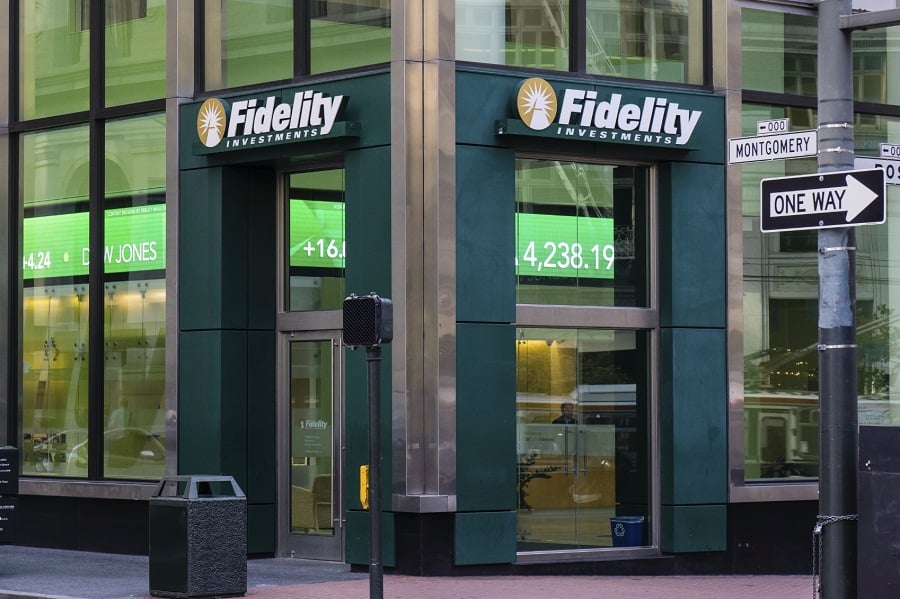

Fidelity launched two new mutual funds designed specifically to be used within health savings accounts, as part of a push to entice more clients to use the accounts as investment vehicles.
The Health Savings Fund and Health Savings Index Fund are designed to balance growth and downside market protection "to address the inherently uncertain timing of future medical expenses,” according to a Fidelity release. The funds are available in retail share classes, though the Health Savings Fund also comes in a lower-cost institutional share class.
The products invest in a mix of about 30% equity funds and 70% bond funds, though the company can adjust those ranges by 10% in either direction, according to the Health Savings Fund’s prospectus.
The new investment options are a means of encouraging more people to use their HSAs as investment vehicles rather than solely as checking accounts for medical expenses, the company noted in its announcement. Within Fidelity’s $6.7 billion HSA business, for example, only about 12% of accounts include invested assets, according to the firm.
“Though this figure is more than double the industry average, and an increase from 8.8% at the end of 2018, this still represents a significant missed opportunity for those with cash balances intended to be used for future health expenses,” Fidelity said.
Only about half of HSA holders are aware their assets can be invested, according to survey results cited by the company.
Industrywide, about $15.7 billion of the total $65.9 billion in HSA assets as of the end of 2019 is invested, according to a report published Tuesday by Devenir. Meanwhile, roughly $50.2 billion of that total is held in deposits. Only about 4% of all HSAs include investments.
The new Fidelity funds are only sold within Fidelity’s HSA business, which serves individual investors and participants in employer-sponsored plans. Assets in the company’s HSA business increased by 62% in 2019, with about 1.5 million accounts at the end of the year, according to the announcement.

Most firms place a limit on advisors’ sales of alternative investments to clients in the neighborhood of 10% a customer’s net worth.

Those jumping ship include women advisors and breakaways.

Firms in New York and Arizona are the latest additions to the mega-RIA.

The agent, Todd Bernstein, 67, has been charged with four counts of insurance fraud linked to allegedly switching clients from one set of annuities to another.

“While harm certainly occurred, it was not the cataclysmic harm that can justify a nearly half billion-dollar award to the State,” Justice Peter Moulton wrote, while Trump will face limits in his ability to do business in New York.
Orion's Tom Wilson on delivering coordinated, high-touch service in a world where returns alone no longer set you apart.
Barely a decade old, registered index-linked annuities have quickly surged in popularity, thanks to their unique blend of protection and growth potential—an appealing option for investors looking to chart a steadier course through today's choppy market waters, says Myles Lambert, Brighthouse Financial.
